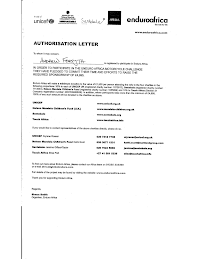 After years of setbacks, some surprising news overnight in the effort to develop an HIV vaccine: A trial conducted by the Thai Ministry of Health, using two genetically-modified vaccines, showed evidence of partial efficacy.
After years of setbacks, some surprising news overnight in the effort to develop an HIV vaccine: A trial conducted by the Thai Ministry of Health, using two genetically-modified vaccines, showed evidence of partial efficacy.Adults randomized to the intervention arm were 31% less likely to get infected with the virus that causes AIDS than were those receiving the placebo.
But because the hunt for a vaccine has been so thoroughly trounced by the challenge, even 30% efficacy raises new hope.
The NY Times offers some of the first public comment out of NIH:
True, this is a modest effect. The recent male circumcision trials, which were widely considered a “home run” by the field, conferred protection on the order of 50 – 60% against female to male sexual transmission of HIV.
But because the hunt for a vaccine has been so thoroughly trounced by the challenge, even 30% efficacy raises new hope.
The NY Times offers some of the first public comment out of NIH:
“I don’t want to use a word like ‘breakthrough,’ but I don’t think there’s any doubt that this is a very important result,” said Dr. Anthony Fauci, director of the National Institute of Allergy and Infectious Diseases, which is one of the trial’s backers.
“For more than 20 years now, vaccine trials have essentially been failures,” he went on. “Now it’s like we were groping down an unlit path, and a door has been opened. We can start asking some very important questions.”
The news raises as many questions as it answers: Why would NIAID have supported a large Phase 3 trial for products that hadn’t shown promise in humans before? Why should the combination of two vaccines work when they hadn't worked alone?
And what are the next steps for identifying the mechanisms underlying the immune response accounting for the level of protection observed? And how soon might a vaccine be made available to those who need it most, recognizing that the product tested here may only work against HIV strains circulating in Asia.
We’ll all just have to stay tuned. Still, very, very good news in an area that had been looking pretty dismal after other recent vaccines have crashed and burned.
Photocredit: www.Kaiser.edu
Photocredit: www.Kaiser.edu




No comments:
Post a Comment